We put the Oppo Find X6 Pro through our rigorous DXOMARK Audio test suite to measure its performance both at recording sound using its built-in microphones, and at playing audio back through its speakers.
In this review, we will break down how it fared in a variety of tests and several common use cases.
Overview
Key audio specifications include:
- Two speakers (Top left, bottom right)
- No jack audio output
Scoring
Sub-scores and attributes included in the calculations of the global score.
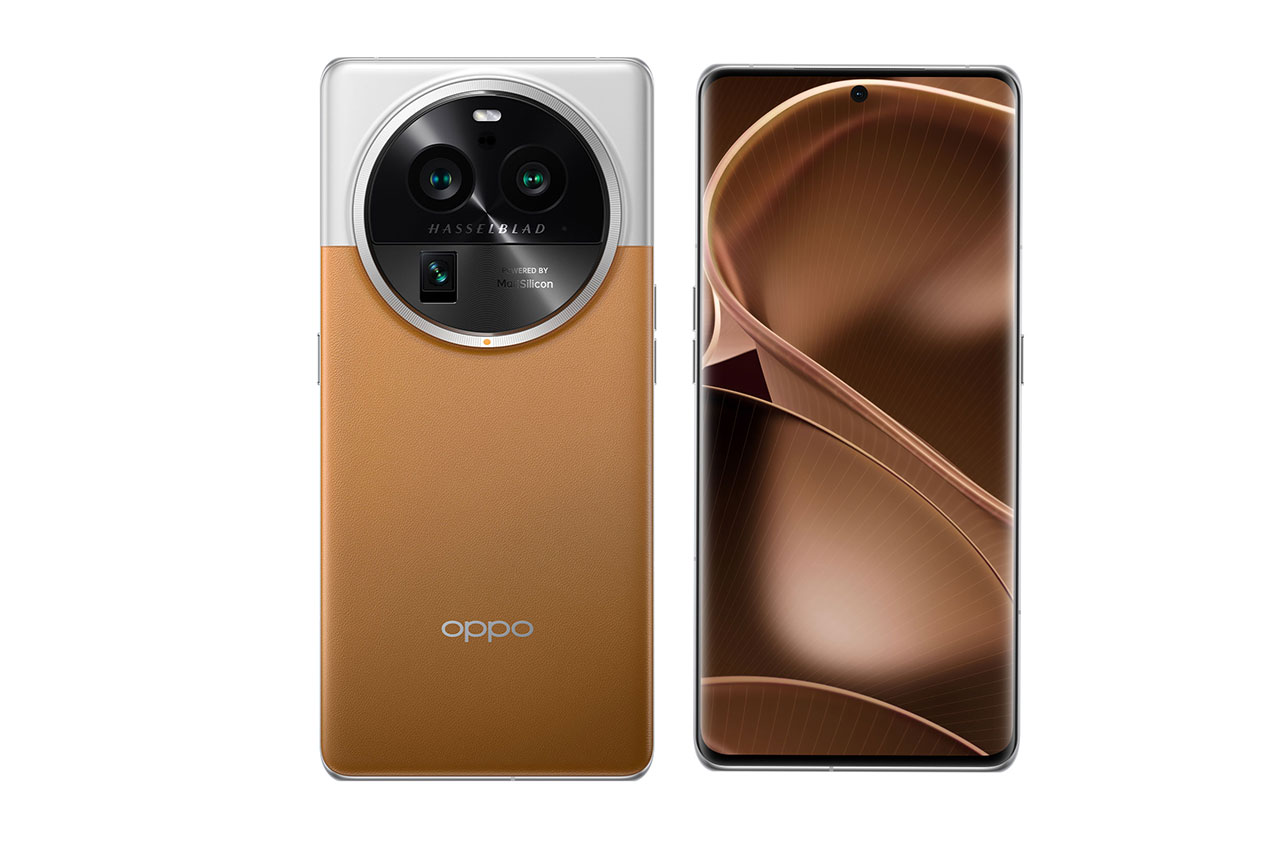
Oppo Find X6 Pro


 76th
76th 53rd
53rdPlayback
Pros
- Decent tonal balance
- Good wideness
Cons
- Minimum volume step too quiet
- Distortion and compression at maximum volume
- Insufficient punch
Recording
Pros
- Natural and pleasant recordings
- Very good volume performance
- Great management of artifacts, clean recordings
Cons
- Severe lack of clarity in recordings
- Performance in concert use case is a bit underwhelming
The Oppo Find X6 Pro’s audio performance was very similar to its predecessor’s, the Find X5 Pro, with natural sounding audio but a lack of clarity and brilliance in both playback and recording.
Our experts found the Find X6 Pro’s recordings to be clean and sufficiently loud, but clarity dropped noticeably at high volume for both recording and playback. With its built-in speakers, the Find X6 Pro delivered fairly consistent results across use cases, making it equally suitable for listening to music, watching movies and gaming. When recording, it did best with the main camera. This said, it was also a decent option for selfie camera and memo recordings.
Test summary
About DXOMARK Audio tests: For scoring and analysis in our smartphone audio reviews, DXOMARK engineers perform a variety of objective tests and undertake more than 20 hours of perceptual evaluation under controlled lab conditions.
(For more details about our Playback protocol, click here; for more details about our Recording protocol, click here.)
The following section gathers key elements of our exhaustive tests and analyses performed in DXOMARK laboratories. Detailed performance evaluations under the form of reports are available upon request. Do not hesitate to contact us.
Playback
Oppo Find X6 Pro
163
DXOMARK engineers test playback through the smartphone speakers, whose performance is evaluated in our labs and in real-life conditions, using default apps and settings.
In playback, the Oppo Find X6 Pro offered a decent tonal balance, with natural-sounding treble and midrange (although it lacked some clarity and brightness), as well as good bass that only lacked some low-end extension and roundness. Tonal balance was deemed aggressive at maximum volume when listening to music and even more so when gaming, while at soft volume, the lack of clarity and brilliance was accentuated. In terms of dynamics, attack was decent but could have been sharper. The device also provided good bass precision, and punch was correct but did not really leave a true impact. Dynamics qualities were preserved at soft volume, but further flawed at maximum volume because of distortion and compression. The built-in speakers created a fairly wide sound scene and provided quite precise and accurate localizability of individual sound sources. However, voices tended to be perceived further in the distance than on comparison devices, and the depth rendition of the sound scene could have been better.
Our experts found the minimum volume setting to be a little too quiet, with some softer content not being properly audible. Maximum volume was loud enough, but the volume step distribution was slightly inconsistent. Some distortion and compression at maximum volume were noticed, and the right speaker was too easily occluded when holding the phone in landscape orientation. But the effects on playback quality were only minor.
Listen to the tested smartphone’s playback performance in this comparison with some of its competitors:

Timbre
Oppo Find X6 Pro
158
The Timbre score represents how well a phone reproduces sound across the audible tonal range and takes into account bass, midrange, treble, tonal balance, and volume dependency. It is the most important attribute for playback.

Dynamics
Oppo Find X6 Pro
149
The Dynamics score measures the accuracy of changes in the energy level of sound sources, for example how precisely a bass note is reproduced or the impact sound from drums.
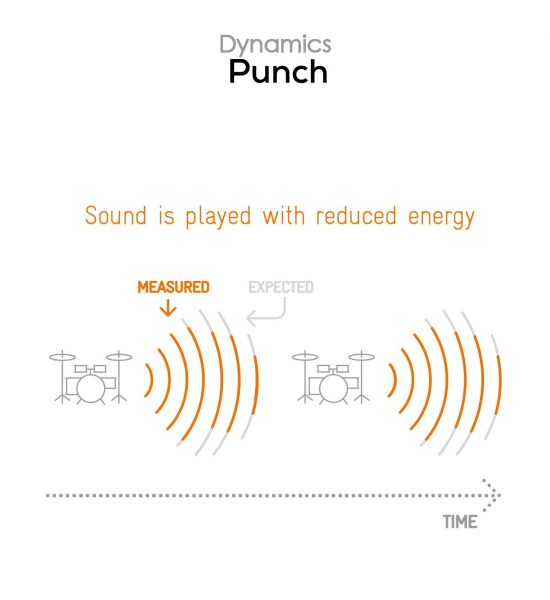
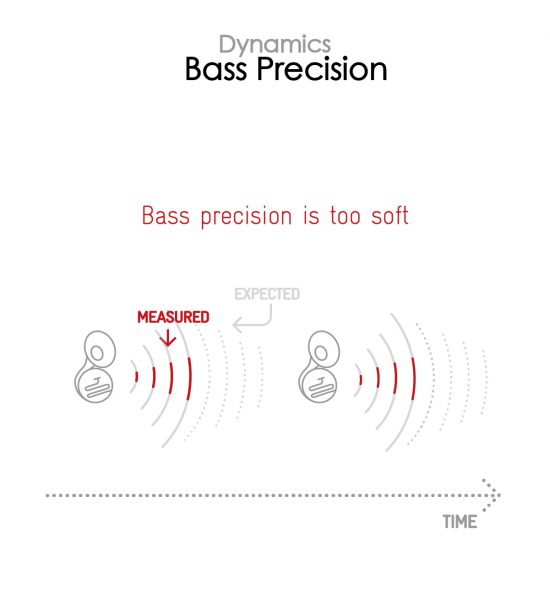

Spatial
Oppo Find X6 Pro
162
The sub-attributes for spatial tests include pinpointing a specific sound's location, its positional balance, distance, and wideness.

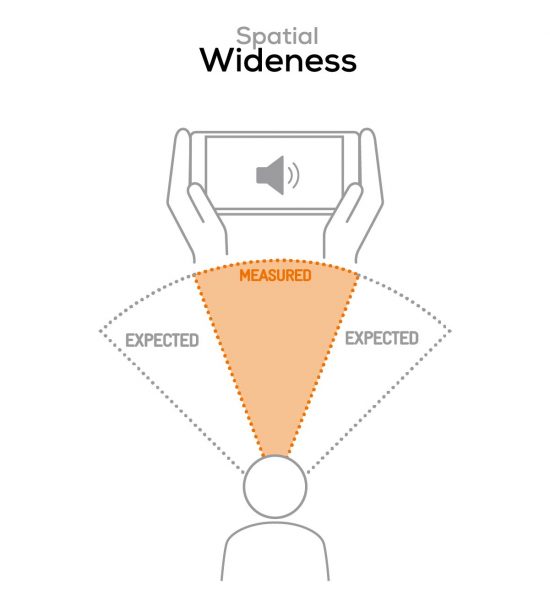

Volume
Oppo Find X6 Pro
162
The Volume score represents the overall loudness of a smartphone and how smoothly volume increases and decreases based on user input.
| Hip-Hop | Classical | |
| Oppo Find X6 Pro | 74.5 dBA | 72.4 dBA |
| Oppo Find X5 Pro | 76.1 dBA | 71.8 dBA |
| Samsung Galaxy S23 | 73.9 dBA | 69.1 dBA |

Artifacts
Oppo Find X6 Pro
157
The Artifacts score measures the extent to which the sound is affected by various types of distortion. The higher the score, the less the disturbances in the sound are noticeable. Distortion can occur because of sound processing in the device and because of the quality of the speakers.
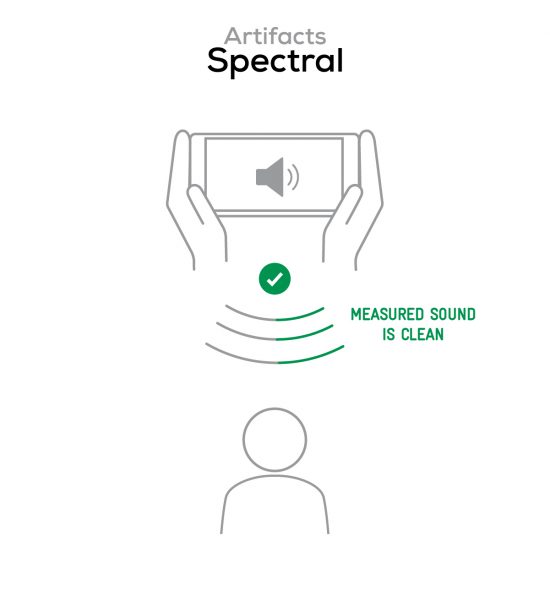
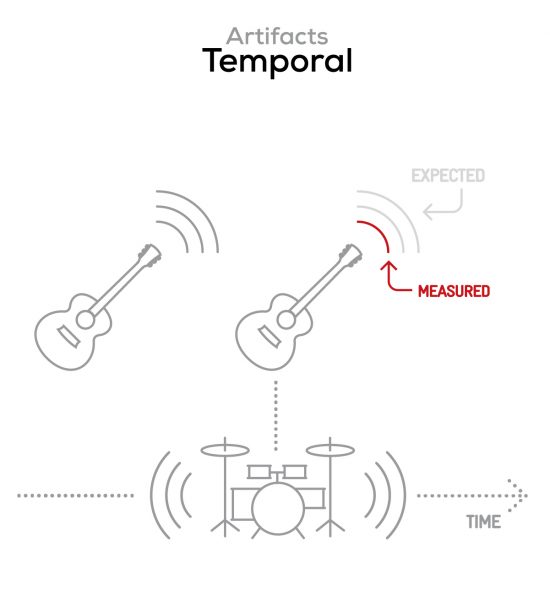
It represents the distortion and noise of the device playing our test signal (0 dB Fs, Sweep Sine in an anechoic box at 40 cm) at the device's maximum volume.
Recording
Oppo Find X6 Pro
160
DXOMARK engineers test recording by evaluating the recorded files on reference audio equipment. Those recordings are done in our labs and in real-life conditions, using default apps and settings.
In recording, our experts found the Oppo’s timbre to be good overall. Tonal balance was quite consistent across use cases and sounded natural, despite a lack of lower treble clarity and an inconsistent upper midrange. This however allowed the background rendition to be quite unobtrusive, and pleasant to listen to. Dynamic performance was good, with a decent signal-to-noise ratio across all use cases and a generally accurate envelope.
When recording video with the main camera in landscape orientation, our testers found audio wideness and localizability of individual sound elements to be satisfying but not quite on the level of the best in class. However, results for both sub-attributes were excellent when recording selfie video in portrait orientation. Distance rendition was generally correct, but voices were often perceived too far away. Volume performance was very good, thanks to relatively loud recordings and a high resilience to high sound pressure levels, making the Find X6 Pro a good option for recording at loud events, such as concerts.
Unwanted audio artifacts were very well under control, with only some compression and light distortion at high sound pressure levels. The Oppo Find X6 Pro proved to be quite performant in the presence of wind. Its recordings preserved intelligibility as long as wind speeds were not too overwhelming. The audio zoom feature was also very efficient, but only for vocal content, as it had trouble isolating musical instruments when zoomed-in.
Here is how the Oppo Find X6 Pro performs in recording use cases compared to its competitors:

Timbre
Oppo Find X6 Pro
147
The Timbre score represents how well a phone captures sounds across the audible tonal range and takes into account bass, midrange, treble, and tonal balance. It is the most important attribute for recording.

Dynamics
Oppo Find X6 Pro
146
The Dynamics score measures the accuracy of changes in the energy level of sound sources, for example how precisely a voice's plosives (the p's, t's and k's, for example) are reproduced. The score also considers the Signal-to-Noise Ratio (SNR), for example how loud the main voice is compared to the background noise.
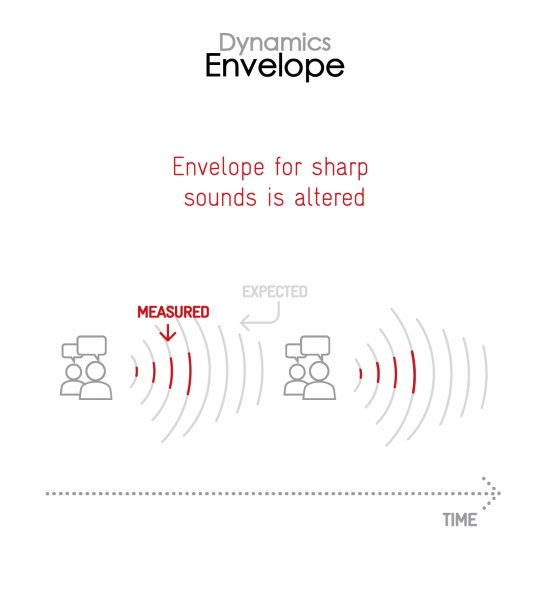
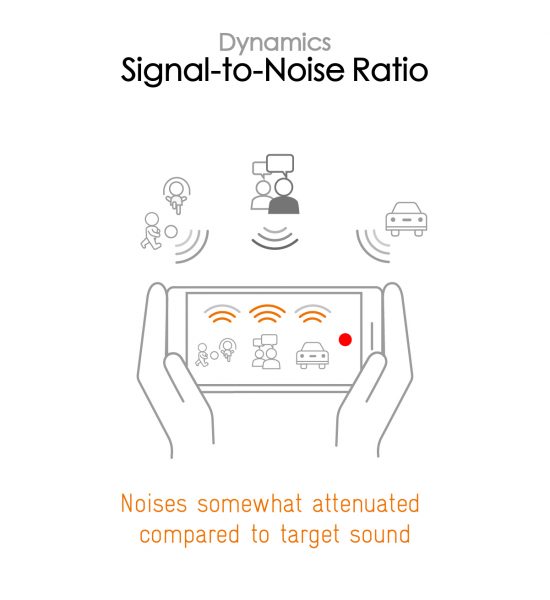

Spatial
Oppo Find X6 Pro
159
The sub-attributes for spatial tests include pinpointing a specific sound's location, its positional balance, distance, and wideness on the recorded audio files.
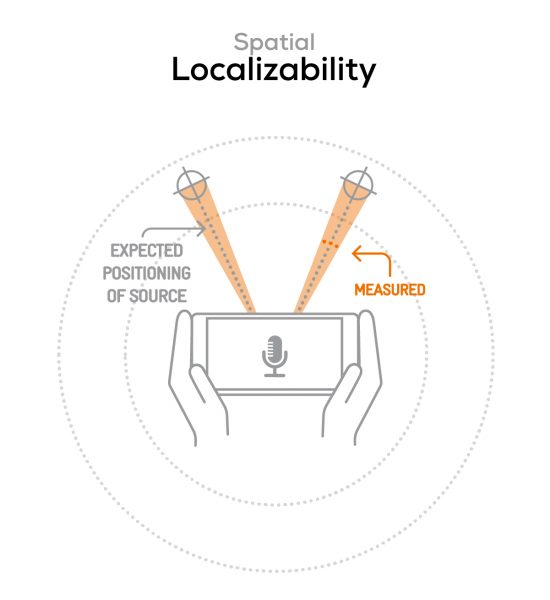
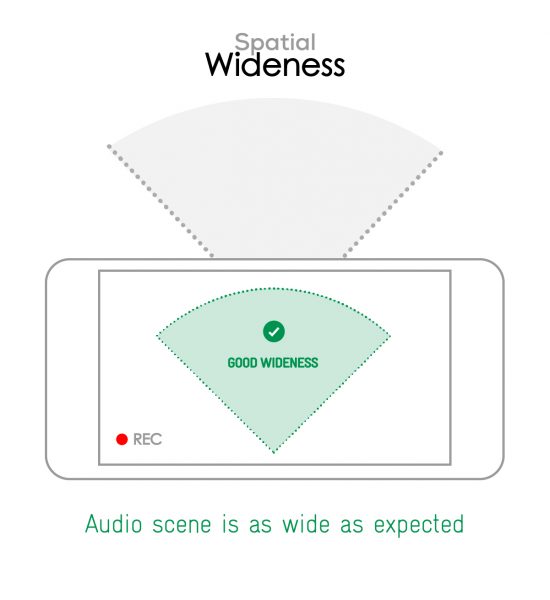

Volume
Oppo Find X6 Pro
170
The Volume score represents how loud audio is normalized on the recorded files and the how the device handles loud environments, such as electronic concerts, when recording.
| Meeting | Life Video | Selfie Video | Memo | |
| Oppo Find X6 Pro | -25.7 LUFS | -20.6 LUFS | -18.7 LUFS | -18.5 LUFS |
| Oppo Find X5 Pro | -24.2 LUFS | -20.4 LUFS | -18.5 LUFS | -18.6 LUFS |
| Samsung Galaxy S23 | -26.5 LUFS | -21.8 LUFS | -22.4 LUFS | -21.6 LUFS |
The Artifacts score measures the extent to which the recorded sounds are affected by various types of distortions. The higher the score, the less the disturbances in the sound are noticeable. Distortions can occur because of sound processing in the device and the quality of the microphones, as well as user handling, such as how the phone is held.
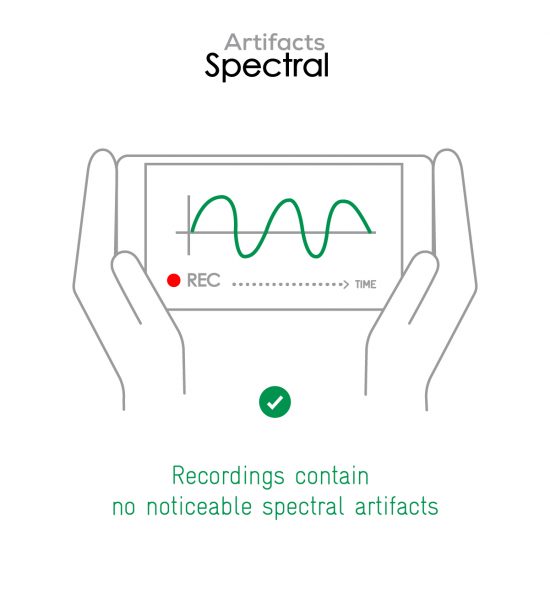
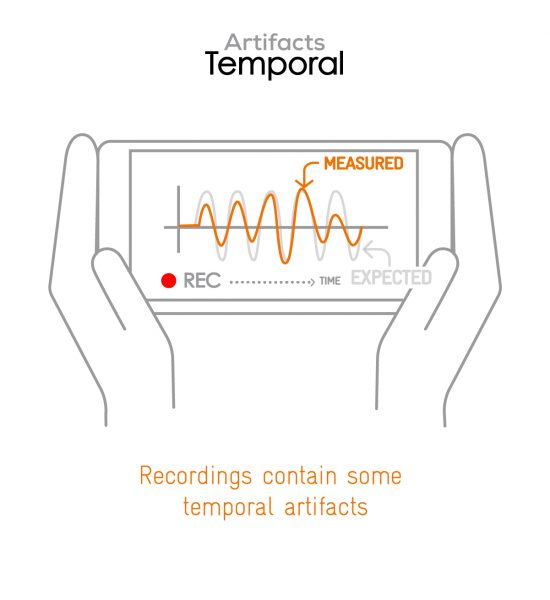
In this audio comparison, you can listen to the way this smartphone handles wind noise relative to its competitors:

Background
Oppo Find X6 Pro
166
Background evaluates how natural the various sounds around a voice blend into the video recording file. For example, when recording a speech at an event, the background should not interfere with the main voice, yet it should provide some context of the surroundings.
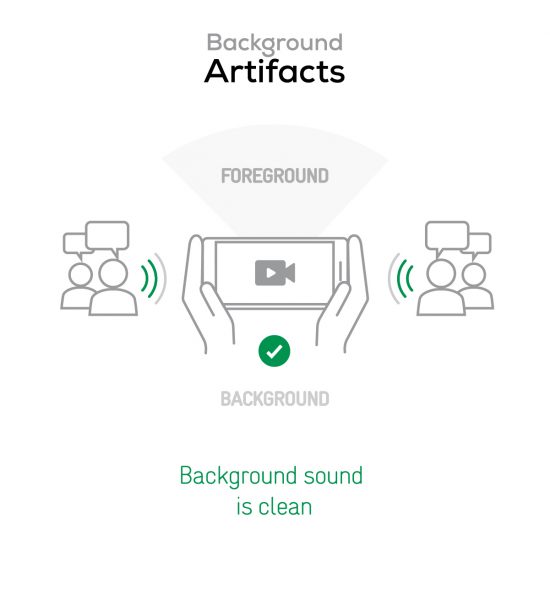
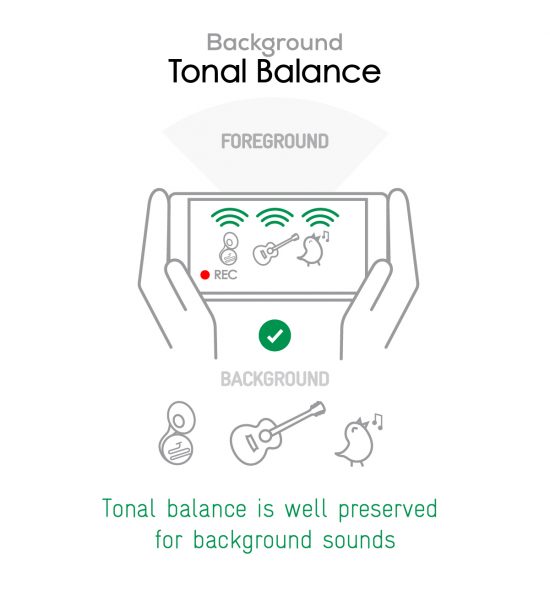


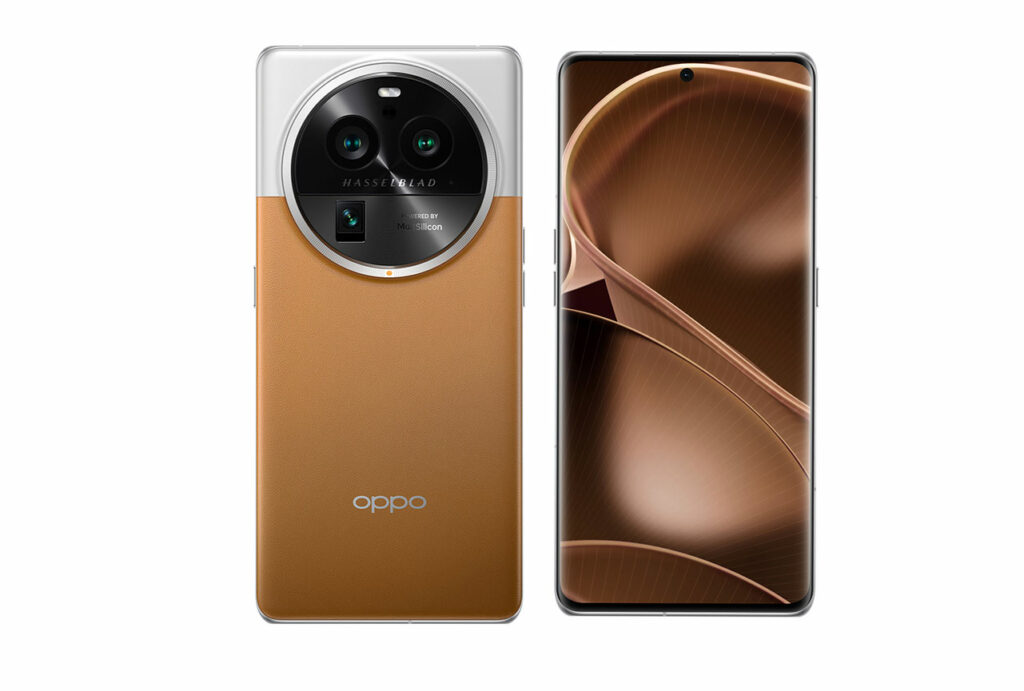

DXOMARK encourages its readers to share comments on the articles. To read or post comments, Disqus cookies are required. Change your Cookies Preferences and read more about our Comment Policy.